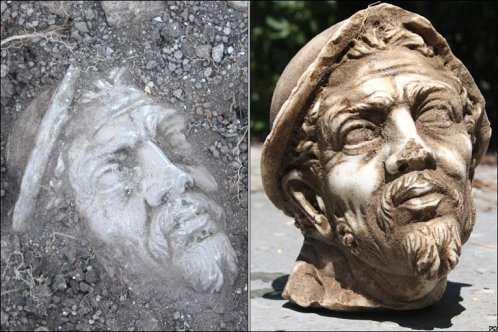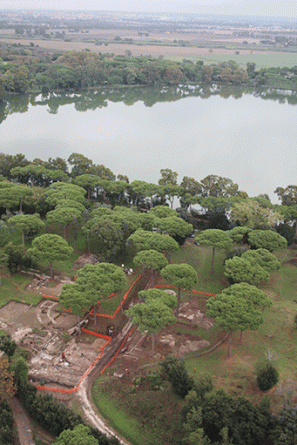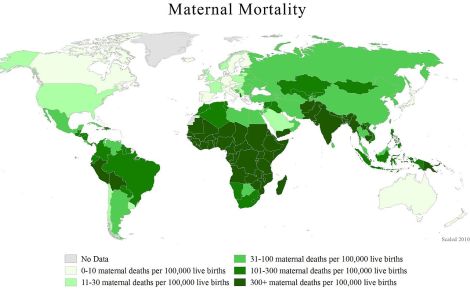I haven’t blogged in quite a while, mostly as I’ve been having some writer’s block, but with my new obsession there’s plenty for me to say. MOOC’s, or Massively Online Open Courses, give me an opportunity to learn more about subjects I love as well as subjects I would normally not have picked to study as they didn’t fit into my program. That they are free just makes them all the better.
I have to admit, I went a little crazy. But this new (to me) aspect of learning is so exciting that I can’t help myself and I’m maintaining so it’s fine. As long as I can also read the extra materials and participate in fora that I enjoy, I’ll keep adding to my list. Because I don’t think you can ever stop learning.
There are several MOOC providers out there, with Coursera and Futurelearn being the most well-known. There are others out there, though, and everyone has a different take on how successful each one is. EdX, Canvas.net, and Open2study all have several free courses, and there’s some random schools getting involved. A mutual MOOC addict found this one.

at American Public University.
What people need to understand is that these are not just fun little courses, although I find them very entertaining. These are classes that are created and structured by Professors who are tops in their fields who enlist colleagues to help them make courses that are stimulating, informative, and interactive in a way that hasn’t been seen before.
Most importantly is that these classes connect us in a global way, one that is revolutionary. One student shared a story that without MOOCs, students in her country would not be able to learn about the subject (in this case, a class focused on various aspects of the Bible which I will discuss later) or many others as they are restricted. MOOCs are truly the future of global learning and if given the chance, will alter many perceptions and many lives.
On a personal level, I just love to learn, and MOOCs allow me to do it. I have a list that I check off every day and then I start again. I have finished only two of them, but I would like to start blogging more and do some reviews. Sometimes the most popular courses are repeated, so if you missed them this round, please check them out. You’ll be surprised how much you can learn!
Issues and benefits of the providers I’ve used:
Coursera:
Probably the easiest to use, the classes are divided in an easy to use fashion, generally several videos for the week, a quiz, and some peer edited writing. The discussion boards are also easily used, and if you subscribe to them you can get the responses through email. Coursera offers a wide range of MOOCs, from the Humanities, to Math, to Sustainability, to Forensic Science. The one downside is the anonymous posting. If there’s a troll, it’s generally an anonymous poster as well as pretty much every person with a petty complaint about the course.
Futurelearn:
Their content and the effort put into the courses is amazing and they also offer a great many courses with a lot of diversity. Their discussion system, depending on the course, is sometimes very difficult to navigate. In most cases once you get used to it, it’s fine, but I have a creative writing course in which it’s impossible to actually receive any valuable criticism.
EdX:
Some of the best content out there, but again their structure for discussion is really problematic. I resolved myself to just posting and finding one or two posts that I enjoyed and comment on those. The staff for Tangible Things recognized this difficulty and assigned groups, which was helpful.
Canvas.net:
This one is a mixed bag. I’m taking the History of The Vietnam War and Dr. Michael Brooks has structured and created a fantastic course, equal to actual history courses I took in college for my BA in history. But I actually dropped another course because there was no interaction. Brooks speaks with us, responds to our questions personally, and comments on our work, also expecting actual papers with research and the like.
Open2Study:
Interesting offerings, but I often forget to do the classes because they’re very short, and the interaction between students is really, really hard to do. All of the discussion is smashed into one small window and it’s too difficult to actually interact.
Udemy:
Go at your own pace courses, really just videos and you can discuss if you’d like, but few do.
Here’s my list of courses:
Coursera:
The Art and Archaeology of Ancient Nubia (Completed)
History of Rock, Part One
The Bible’s Prehistory, Purpose, and Political Future
Greek and Roman Mythology
Introduction to Forensic Science
The Changing Global Order
Ocean Solutions
Paradoxes of War
Fantasy and Science Fiction: The Human Mind, Our Modern World
Greek and Roman Mythology
Deciphering Secrets: Unlocking the Manuscripts of Medieval Spain
Global Health and Humanitarianism
Marriage and the Movies: A History (Completed)
Futurelearn:
ARCHAEOLOGY OF PORTUS
LITERATURE OF THE ENGLISH COUNTRY HOUSE
SUSTAINABILITY, SOCIETY AND YOU
Edx:
Tangible Things
Natural Disasters
Canvas.net:
The History of the Vietnam War
I’ve finished Marriage and the Movies and The Art and Archaeology of Nubia. Both were incredibly enjoyable.
Professor Jeanine Basinger taught Marriage and the Movies in an easy, fresh style, one in which you could see that not only is she exceptionally knowledgeable she also had passion for movies that translated to very enjoyable lectures. Taking an exploration through silent film to The War of the Roses and Heartburn, she examines how Hollywood portrays marriage, gender, humor, and tragedy within restrictions of morality clauses an and audience reaction. I highly recommend this course if it’s repeated.


(Wild Orchids) (Suspicion)
I’m going to try to do at least a review a week, and I also have one class that requires a blog.
Consider a MOOC or two. You won’t be disappointed.




























